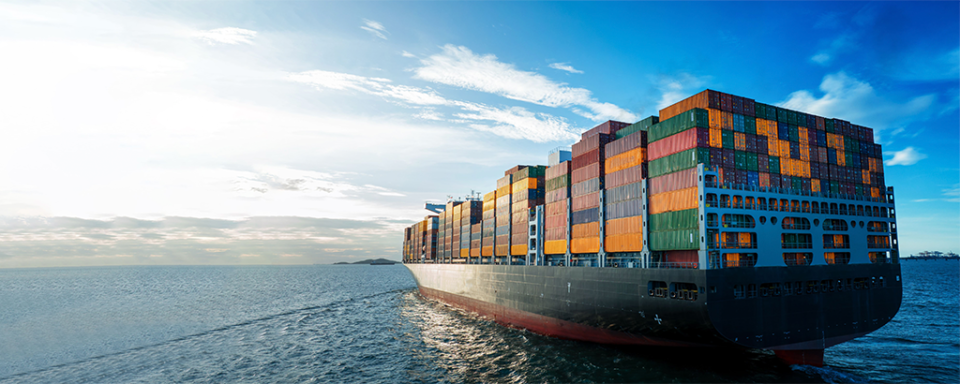Cargo shipping by sea has been a cornerstone of international trade for centuries, facilitating the movement of goods across vast distances efficiently and economically. From raw materials to finished products, cargo transported by sea plays a crucial role in supplying global markets, supporting economies, and meeting consumer demand. Let’s explore the significance of Cargo by sea, the logistics involved, environmental considerations, and its impact on global commerce.
Importance of Sea Cargo
Sea transport remains one of the most cost-effective and reliable methods for transporting large volumes of goods worldwide. Here are key reasons why cargo by sea is integral to global trade:
- Capacity and Scale: Cargo ships can carry massive quantities of goods, ranging from bulk commodities like crude oil and grains to manufactured goods such as electronics and automobiles. This capacity makes sea transport ideal for economies of scale.
- Global Connectivity: Sea routes connect major ports and markets around the world, enabling goods to reach diverse destinations efficiently. This connectivity supports international trade networks and supply chains.
- Economic Efficiency: Compared to air freight, sea shipping is generally more economical for transporting large, heavy, or non-perishable goods over long distances. It contributes to cost savings in logistics, benefiting businesses and consumers alike.
- Versatility: Cargo ships accommodate a wide range of cargo types, including containerized goods, bulk commodities, liquid cargoes, and oversized items. This versatility meets diverse industry needs and product requirements.
Logistics of Sea Cargo
The logistics of sea cargo involve complex processes to ensure efficient transportation and delivery:
- Port Operations: Loading and unloading cargo at ports involve specialized equipment and infrastructure, including container terminals, cranes, and storage facilities.
- Containerization: Most sea cargo is transported in standardized containers, ensuring ease of handling, transfer between different modes of transport (e.g., ship to truck or rail), and security of goods.
- Shipping Routes and Schedules: Shipping companies plan routes and schedules to optimize vessel utilization, minimize transit times, and meet customer demands.
- Documentation and Customs: Compliance with international shipping regulations, customs clearance, and documentation are crucial to facilitating smooth cargo movement across borders.
Environmental Considerations
While sea transport is efficient, it also poses environmental challenges:
- Emissions: Cargo ships emit pollutants, including sulfur oxides, nitrogen oxides, and particulate matter. Efforts to reduce emissions include using cleaner fuels, optimizing ship design, and adopting emission control technologies.
- Ballast Water Management: Ballast water discharge can introduce invasive species into ecosystems. International regulations require ships to manage ballast water to minimize environmental impact.
- Marine Pollution: Accidental spills, shipwrecks, and improper disposal of waste pose risks to marine ecosystems. Stringent regulations and industry initiatives aim to mitigate marine pollution and promote sustainable practices.
Impact on Global Commerce
Sea cargo contributes significantly to global commerce by:
- Supporting Supply Chains: Sea transport links manufacturers, suppliers, and consumers across continents, ensuring a steady flow of goods and materials essential for economic growth.
- Facilitating Trade: By reducing transportation costs and expanding market access, sea cargo enhances trade opportunities for businesses of all sizes, fostering economic development and prosperity.
- Promoting Globalization: The efficiency and reliability of sea transport have enabled globalization by integrating economies and cultures through the exchange of goods and ideas.
Final Words
In conclusion, cargo shipping by sea is a cornerstone of global trade, facilitating the movement of goods on a massive scale and connecting markets worldwide. Despite environmental challenges, advancements in technology and regulatory frameworks aim to enhance the sustainability of sea transport. As a vital component of international commerce, sea cargo continues to play a pivotal role in driving economic growth, supporting supply chains, and meeting the diverse needs of consumers globally.


